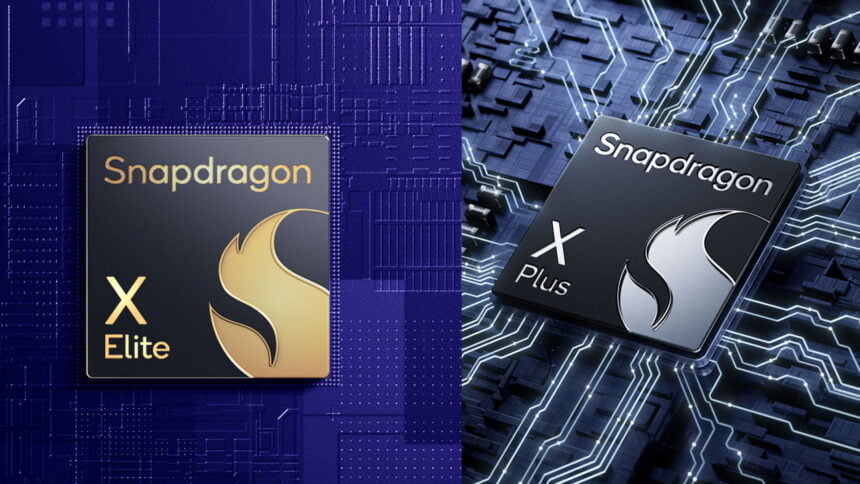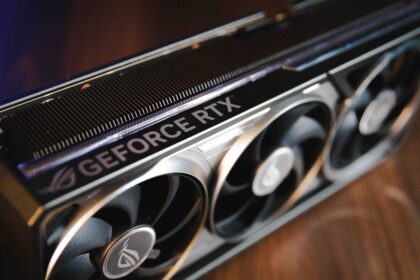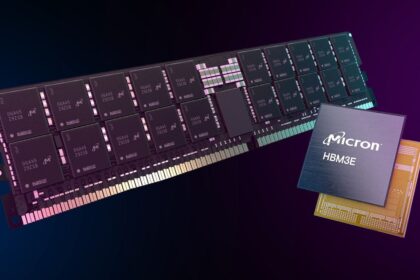Qualcomm has significantly committed to integrating Windows 11 and artificial intelligence with its latest Snapdragon processors. The standout in this new lineup is the Snapdragon X Elite, available in three distinct versions or SKUs.
The Snapdragon X Plus, its smaller sibling, also comes in a single version. Below, we’ll explore the differences between these variants and analyze their benchmark results. Let’s dive into the comparison!
Snapdragon X Series: all SKUs
Qualcomm’s Snapdragon X range includes four processors, divided into two platforms: Snapdragon X Elite and Snapdragon X Plus. The Snapdragon X Elite platform is further subdivided into three SKUs, while the Snapdragon X Plus platform contains a single SKU. Below, we’ll analyze the different SKUs in detail:
Snapdragon X Elite
- Snapdragon X Elite (X1E-84-100)
- Snapdragon X Elite (X1E-80-100)
- Snapdragon X Elite (X1E-78-100)
Snapdragon X Plus
- Snapdragon X Plus (X1P-64-100)
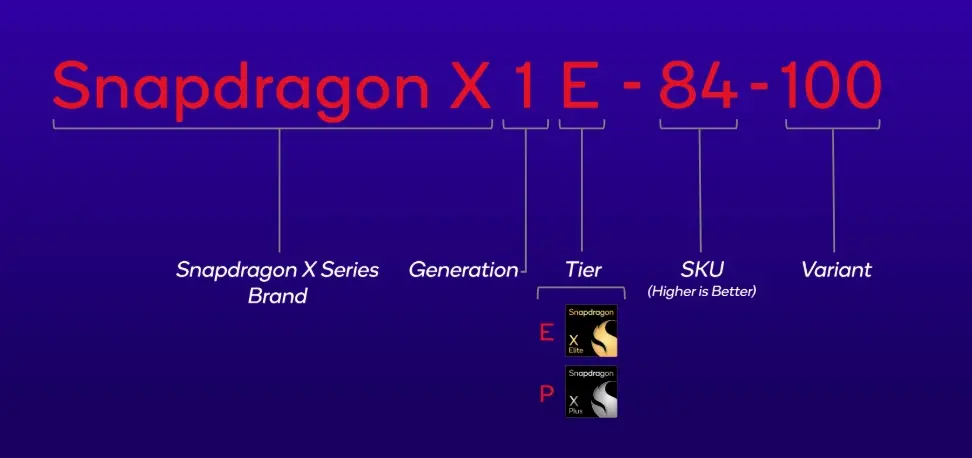
Let’s break down these numbers and letters so you understand what each one means. We will take the X1E-84-100 as an example:
- The «X» sIt means that it belongs to the Snapdragon X range of processors.
- He “1” refers to generation. In this case, it is the first generation of Qualcomm Oryon processors for PCs.
- “AND” refers to “Elite” (in the case of the X Plus, the letter used is, therefore, “P”.
- He «84» is the SKU, which differs for each processor. The higher the number, the more powerful the processor.
Snapdragon X Elite vs Snapdragon X Plus: Similarities
Before talking about the differences, it is interesting that we know the similarities between both types of processors. The 4 models share the following specifications:
- Total processor cache: 42MB
- NPU of 45 TOPS
- Memory LPDDR5X with a transfer rate of 8448 MT/s
- Storage PCIe 4.0/UFS 4.0
- Memory bandwidth: 135GBps
Snapdragon X Elite vs Snapdragon X Plus: differences
| Model | Variant | Cores | Cache | Vel. clock | Boost | GPU (TFLOPs) | NPU (TOPs) |
| Snapdragon X Elite | X1E-84-100 | 12 | 42MB | 3.8GHz | 4.2GHz | 4.6 | Four. Five |
| Snapdragon X Elite | X1E-80-100 | 12 | 42MB | 3.4GHz | 4.0GHz | 3.8 | Four. Five |
| Snapdragon X Elite | X1E-78-100 | 12 | 42MB | 3.4GHz | n/a | 3.8 | Four. Five |
| Snapdragon X Plus | X1P-64-100 | 10 | 42MB | 3.4GHz | n/a | 3.8 | Four. Five |
Snapdragon X Elite (X1E-84-100)
The Snapdragon X Elite’s most powerful SKU boasts an impressive set of specifications that sets it apart from the rest of the lineup. With 12 cores, just like the other X Elite SKUs, this variant truly shines regarding multi-thread performance. It achieves a remarkable 3.8 GHz maximum multi-thread frequency, surpassing the 3.4 GHz of the other SKUs. Additionally, it features Dual Core Boost technology, reaching a blazing-fast 4.2 GHz, the highest frequency across the entire range.
Regarding graphics performance, this SKU is in a league of its own. Equipped with a Qualcomm Adreno GPU, it can deliver an astounding 4.6 TFLOPS of graphical processing power. This is a significant leap forward compared to the other Snapdragon X SKUs, which max out at 3.8 TFLOPS. This difference in graphical capabilities is one of the key distinguishing factors between the various SKUs. The remaining features, including the 45 TOPS NPU, are consistent with its smaller siblings.
However, it’s important to note that this particular SKU may not be as widely adopted, especially during the initial launch phase. This is because this variant’s TDP (Thermal Design Power) is considerably higher than the other SKUs.
This higher power consumption can lead to shorter battery life and increased heat generation, which may concern some users and manufacturers. As a result, it’s likely that we will primarily see this SKU in laptops that prioritize maximum performance and aim to harness the extra graphical power it offers.
Snapdragon X Elite (X1E-80-100)
The second most powerful SKU in the Snapdragon X lineup, while still impressive, does have some notable differences compared to its top-tier “84” variant. Although it shares the same 12 CPU cores as its higher-end sibling, there are a few key areas where it falls slightly behind.
One of the main differences lies in the maximum multi-thread frequency, which remains at 3.4 GHz for this SKU. This is in contrast to the 3.8 GHz achieved by the top-of-the-line model. Additionally, the Dual Core Boost feature also differs among the SKUs. In the case of this particular variant, it reaches a still-impressive 4.0 GHz, which is slightly lower than the 4.2 GHz of the highest-end model.
Regarding graphics performance, this SKU delivers a respectable 3.8 TFLOPs of processing power. Interestingly, this figure is consistent across the rest of the Snapdragon X Series, with the sole exception being the top model, which boasts an impressive 4.6 TFLOPs.
Despite these minor differences, this SKU has already found its way into some notable devices. For example, it powers the Surface Laptop 6, showcasing Microsoft’s confidence in its capabilities. Additionally, Samsung has also embraced this variant, integrating it into their Galaxy Book4 Edge laptop.
Snapdragon X Elite (X1E-78-100)
The entry-level SKU in the Snapdragon X Elite lineup, while still a capable performer, does have one key difference compared to its more powerful sibling, the X1E-80-100. The main distinguishing factor is that it lacks the Dual Core Boost feature.
Dual Core Boost is a technology that allows the processor to push the performance of two cores to a higher frequency, enabling faster processing speeds for demanding tasks. While the absence of this feature may result in slightly lower peak performance in certain scenarios, it’s important to note that the overall capabilities of this SKU are still quite impressive.
Despite this omission, the processor maintains the 12 CPU cores and the maximum multi-thread frequency of 3.4 GHz, consistent with the X1E-80-100 variant. Additionally, the graphics performance remains at 3.8 TFLOPs, ensuring a strong visual experience for users.
Interestingly, this particular processor model has been chosen by Lenovo for their upcoming Copilot+ Yoga PC and Thinkpad lineups.
Snapdragon X Plus (X1P-64-100)
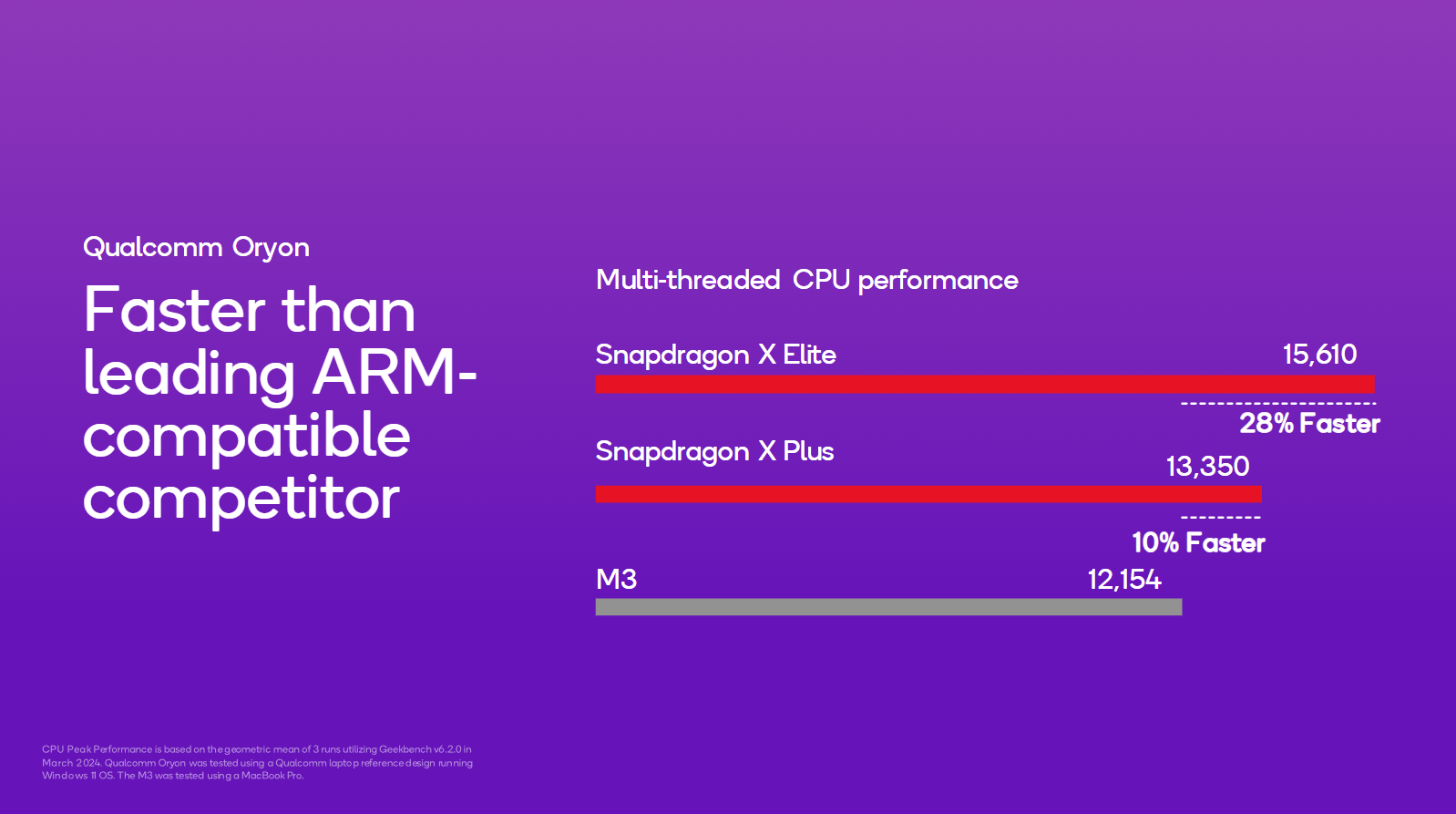
At the lower end of the Snapdragon X Series lineup, we find the Snapdragon X Plus, the most modest offering in terms of specifications. Unlike the Snapdragon X Elite, which comes in three different SKUs, the Snapdragon X Plus is available in a single configuration.
This processor features a 10-core CPU along with 42 MB of cache, which is a characteristic shared by all the SKUs in the series, as previously mentioned. However, like the lower-tier Snapdragon X Elite (X1E,78-100), the Snapdragon X Plus lacks the Dual Core Boost feature.
Regarding clock speeds, the Snapdragon X Plus offers a maximum multi-thread frequency of 3.4 GHz, which is on par with the two SKUs immediately above it in the lineup. Only the most powerful model in the series surpasses this figure.
Moving on to the graphics department, the Snapdragon X Plus is equipped with an Adreno GPU capable of delivering up to 3.8 TFLOPs of performance. This is the same level of graphical prowess found in two of the three Snapdragon X Elite variants, with the exception of the top-end model that reaches an impressive 4.6 TFLOPs.
One area where Qualcomm has not compromised, even for its less powerful processor, is the NPU (Neural Processing Unit). The Snapdragon X Plus boasts the same 45 TOPs (Tera Operations per Second) NPU performance as the rest of the SKUs in the series. This means that despite being the entry-level offering, it is just as capable as its higher-end counterparts when it comes to handling artificial intelligence tasks.
Benchmarks: what do the numbers say?
Let’s get into the benchmark results to analyze the differences between the Snapdragon X Elite X1E-84-100 (the most powerful SKU) and its second most powerful sibling. Below, we’ll look at the performance across 11 tests shared by Qualcomm:
| Benchmark | Snapdragon X Elite | Snapdragon X Plus |
| Geekbench 6.2 Single-core | 2850-2900 | 2400-2425 |
| Geekbench 6.2 Multi-core | 15.1k-15.4k | 12.8k-13.1k |
| Cinebench 2024 Single-core | 126-128 | 107-109 |
| Cinebench 2024 Multi-core | 1140-1200 | 825-845 |
| Speedometer 2.1 (Chrome Beta) | 460-500 | 410-430 |
| JetStream 2.1 (Chrome Beta) | 330-340 | 280-290 |
| UL Procyon (AI Inference) | 1750-1800 | 1750-1800 |
| PCMark 10 | 13.5k-14.1k | 12.5k-12.8k |
| UL Procyon (Office Productivity) | 6500-6900 | 5700-5900 |
| Blender (CPU) | 430-470 | 340-360 |
| 3DMartk Wild Life Extreme | 41.9-44fps | 37.1-38.5fps |
Below we attach a bar graphic where you can see the differences more visually:
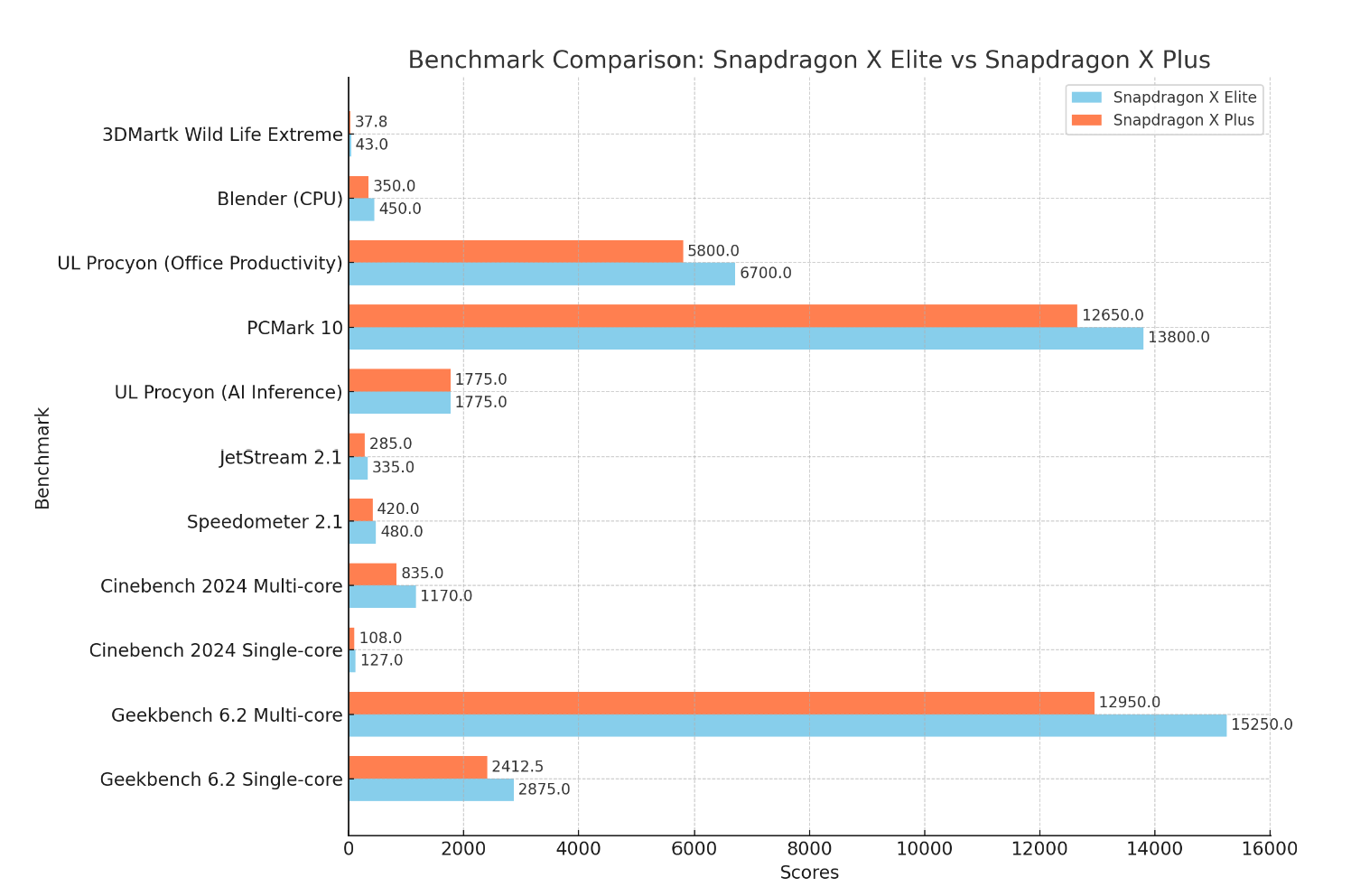
The results of these benchmarks are confirmed when it comes to specific devices. Below we show you a table with the Geekbench results on some of the recently presented Copilot+ PCs and how they compare with the Apple M3 and M3 Pro:
| Device | Single-core | Multi-core |
| Qualcomm CRD
Snapdragon X Elite (X1E-84-100) |
2936 | 15440 |
| Microsoft Surface Laptop 7
Snapdragon X Elite (X1E-80-100) |
2745 | 13970 |
| Lenovo Yoga Slim 7x
Snapdragon X Elite (X1E-78-100) |
2429 | 14079 |
| Qualcomm Official Score
Snapdragon X Plus (X1P-64-100) |
2425 | 13100 |
| Apple M3 | 2997 | 11617 |
| Apple M3 Pro | 3040 | 15307 |
Conclusion:
The benchmark results speak for themselves: Qualcomm has done an impressive job with their new Snapdragon X Series processors. The Snapdragon X Elite (X1E-84-100) stands toe-to-toe with the Apple M3 Pro in terms of performance. However, each chip’s TDP (Thermal Design Power) remains to be seen to determine which one offers superior energy efficiency.
When comparing the Snapdragon X Plus with the Apple M3, the Apple chip comes out on top in single-core tests, but the Snapdragon X Plus takes the lead in multi-core performance.
It’s worth noting that Apple’s upcoming M4 chips are expected to reclaim the crown of ARM processors within months. However, the real significance lies in the fact that Windows finally has processors that can compete against the best in the market, which until now have been dominated by Apple.
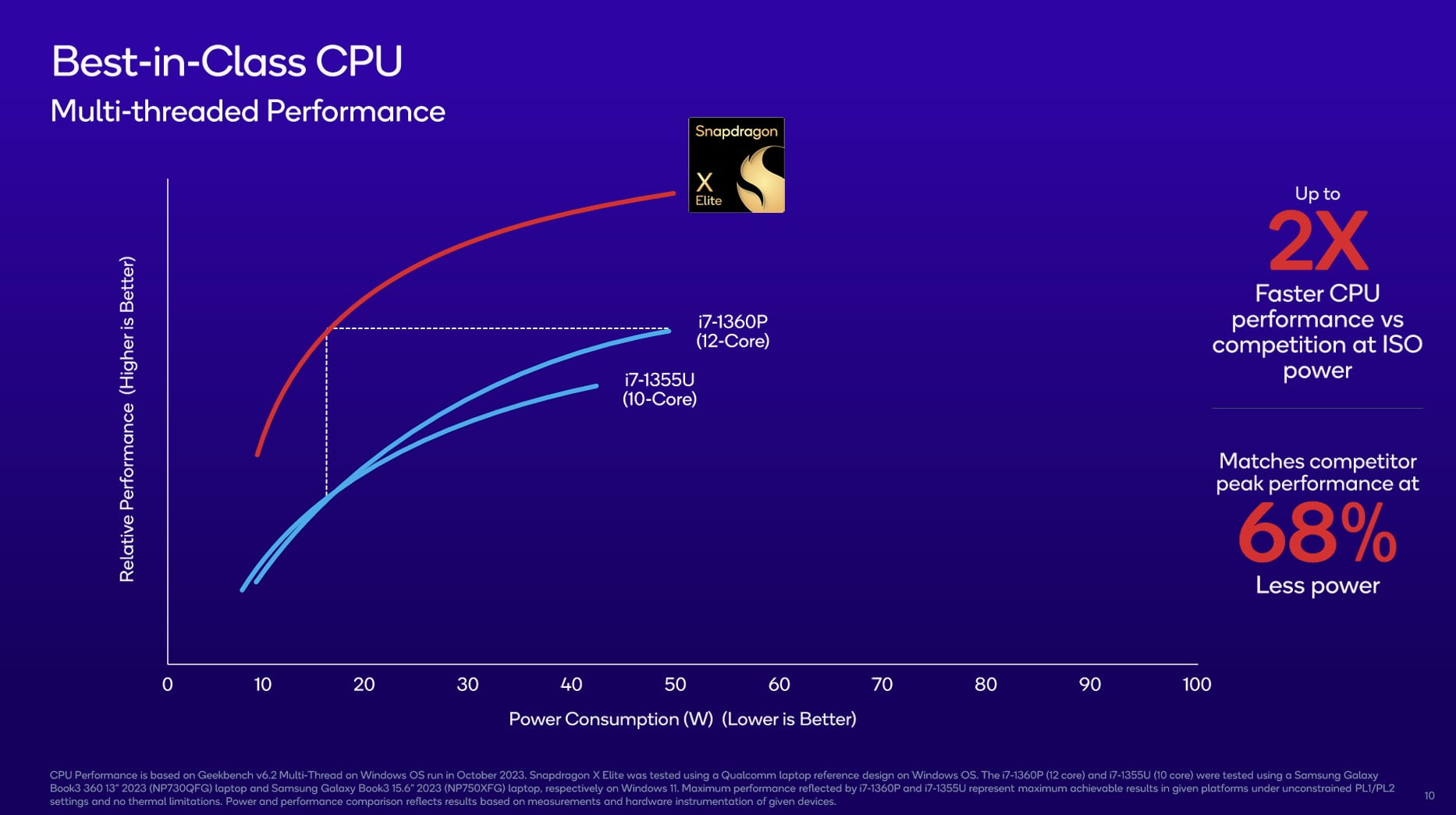
For a staggering 4 years, the Cupertino chips have been unrivaled, making MacBooks a superior choice over any Windows laptop in terms of performance and efficiency. The crucial comparison, however, is not so much with Apple chips but with those from Intel and AMD, which are the competitors in the Windows ecosystem.
In this regard, Qualcomm emerges as the clear winner, offering processors that are more powerful and significantly more efficient than its rivals. And for those concerned about the limited availability of native ARM applications, Microsoft’s Prism emulation technology promises to bridge that gap.

